Governance und Finanzierung
Diese Forschungsgruppe untersucht traditionelle und moderne Ansichten über Corporate Governance auf den Finanzmärkten. Sie trägt dazu bei, die Wirksamkeit verschiedener Governance-Mechanismen bei der Auswahl von Talenten, der Schaffung von Anreizen und der Bindung an das Unternehmen zu verstehen. Die Gruppe untersucht auch, wie verschiedene Stakeholder die Corporate Governance beeinflussen.
Forschungscluster
Finanzresilienz und RegulierungIhr Kontakt

- Abteilung Finanzmärkte
Referierte Publikationen
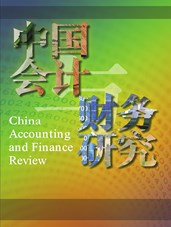
Evolvement of China-related Topics in Academic Accounting Research: Machine Learning Evidence
in: China Accounting and Finance Review, Nr. 4, 2020
Abstract
This study employs an unsupervised machine learning approach to explore the evolution of accounting research. We are particularly interested in exploring why international researchers and audiences are interested in China-related issues; what kinds of research topics related to China are mainly investigated in globally recognised journals; and what patterns and emerging topics can be explored by comprehensively analysing a big sample. Using a training sample of 23,220 articles from 46 accounting journals over the period 1980 to 2018, we first identify the optimal number of accounting research topics; the dynamic patterns of these accounting research topics are explored on the basis of 46 accounting journals to show changes in the focus of accounting research. Further, we collect articles related to Chinese accounting research from 18 accounting journals, eight finance journals, and eight management journals over the period 1980 to 2018. We objectively identify China-related accounting research topics and map them to the stages of China’s economic development. We attempt to identify the China-related issues global researchers are interested in and whether accounting research reflects the economic context. We use HistCite TM to generate a citation map along a timeline to illustrate the connections between topics. The citation clusters demonstrate “tribalism” phenomena in accounting research. The topics related to Chinese accounting research conducted by international accounting researchers reveal that accounting changes mirror economic reforms. Our findings indicate that accounting research is embedded in the economic context.
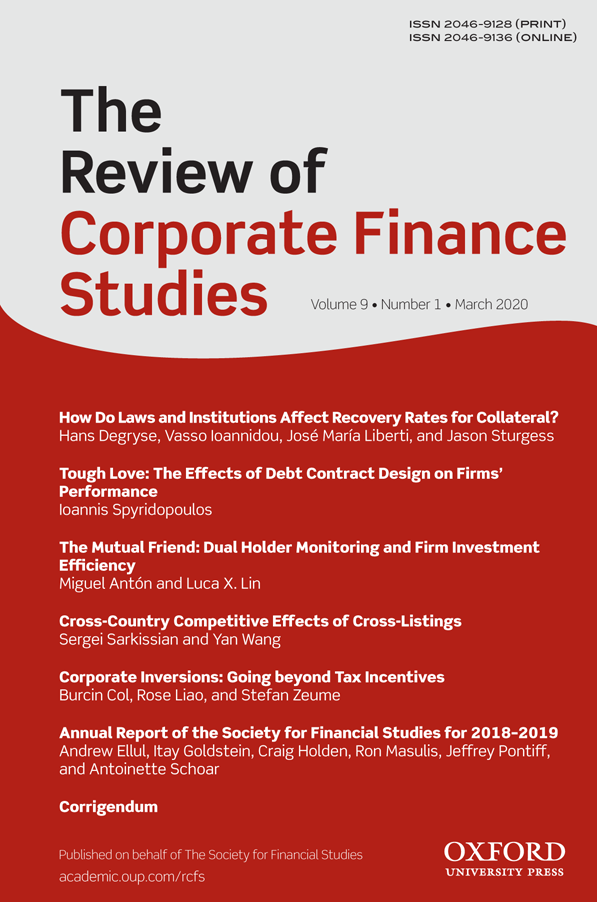
Tournament Incentives and Acquisition Performance
in: Review of Corporate Finance Studies, Nr. 2, 2020
Abstract
This paper examines the impact of promotion-based tournament incentives on corporate acquisition performance. Measuring tournament incentives as the compensation ratio between the CEO and other senior executives, we show that acquirers with greater tournament incentives experience lower announcement returns. Further analysis shows that the negative effect is driven by the risk-seeking behavior of senior executives induced by tournament incentives. Our results are robust to alternative identification strategies. Our evidence highlights that senior executives, in addition to the CEO, play an influential role in acquisition decisions.
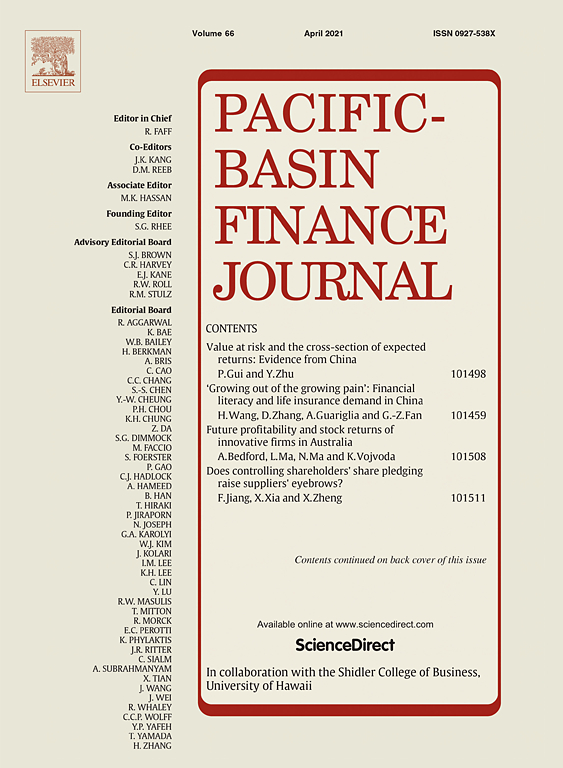
Why are some Chinese Firms Failing in the US Capital Markets? A Machine Learning Approach
in: Pacific-Basin Finance Journal, June 2020
Abstract
We study the market performance of Chinese companies listed in the U.S. stock exchanges using machine learning methods. Predicting the market performance of U.S. listed Chinese firms is a challenging task due to the scarcity of data and the large set of unknown predictors involved in the process. We examine the market performance from three different angles: the underpricing (or short-term market phenomena), the post-issuance stock underperformance (or long-term market phenomena), and the regulatory delistings (IPO failure risk). Using machine learning techniques that can better handle various data problems, we improve on the predictive power of traditional estimations, such as OLS and logit. Our predictive model highlights some novel findings: failed Chinese companies have chosen unreliable U.S. intermediaries when going public, and they tend to suffer from more severe owners-related agency problems.

Investor Relations and IPO Performance
in: Review of Accounting Studies, Nr. 2, 2020
Abstract
We analyze the value of investor relations (IR) strategies to IPO firms. We find that firms that are less visible and have inexperienced management tend to hire IR consultants prior to the issue date. IR consultants help create positive news coverage before an IPO, as reflected in a more optimistic tone of published media. Their presence is associated with higher underpricing at the IPO date but with lower long-run returns. IR-backed IPOs also exhibit disproportionately higher insider-related agency problems, as IR-induced higher underpricing tends to occur primarily in IPOs where underwriter and venture capitalist agency conflicts are more severe. These findings suggest that the IR programs of IPO firm are mostly short-term oriented and facilitate the ulterior motives of some insiders (underwriters and venture capitalists) targeting higher first-day returns.
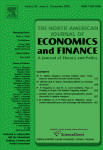
Tornado Activity, House Prices, and Stock Returns
in: North American Journal of Economics and Finance, April 2020
Abstract
In this paper we investigate the effects of tornado activity on house prices and stock returns in the US. First, using geo-referenced and metropolitan statistical area (MSA)-level data, we find tornado activity to be responsible for a significant drop in house prices. Spillover tornado effects between adjacent MSAs are also detected. Furthermore, our granular analysis provides evidence of tornadoes having a negative impact on stock returns. However, only two sectors seem to contribute to such a negative effect (i.e., consumer discretionary and telecommunications). In a macro-analysis, which relies on aggregate data for the South, West, Midwest and Northeast US regions, we then show that tornado activity generates a significant drop in house prices only in the South and Midwest. In these regions, tornadoes are also responsible for a drop in income. Tornado activity is finally found to positively (negatively) affect stock returns in the Midwest (South). If different sectors are examined, a more heterogeneous picture emerges.
Arbeitspapiere
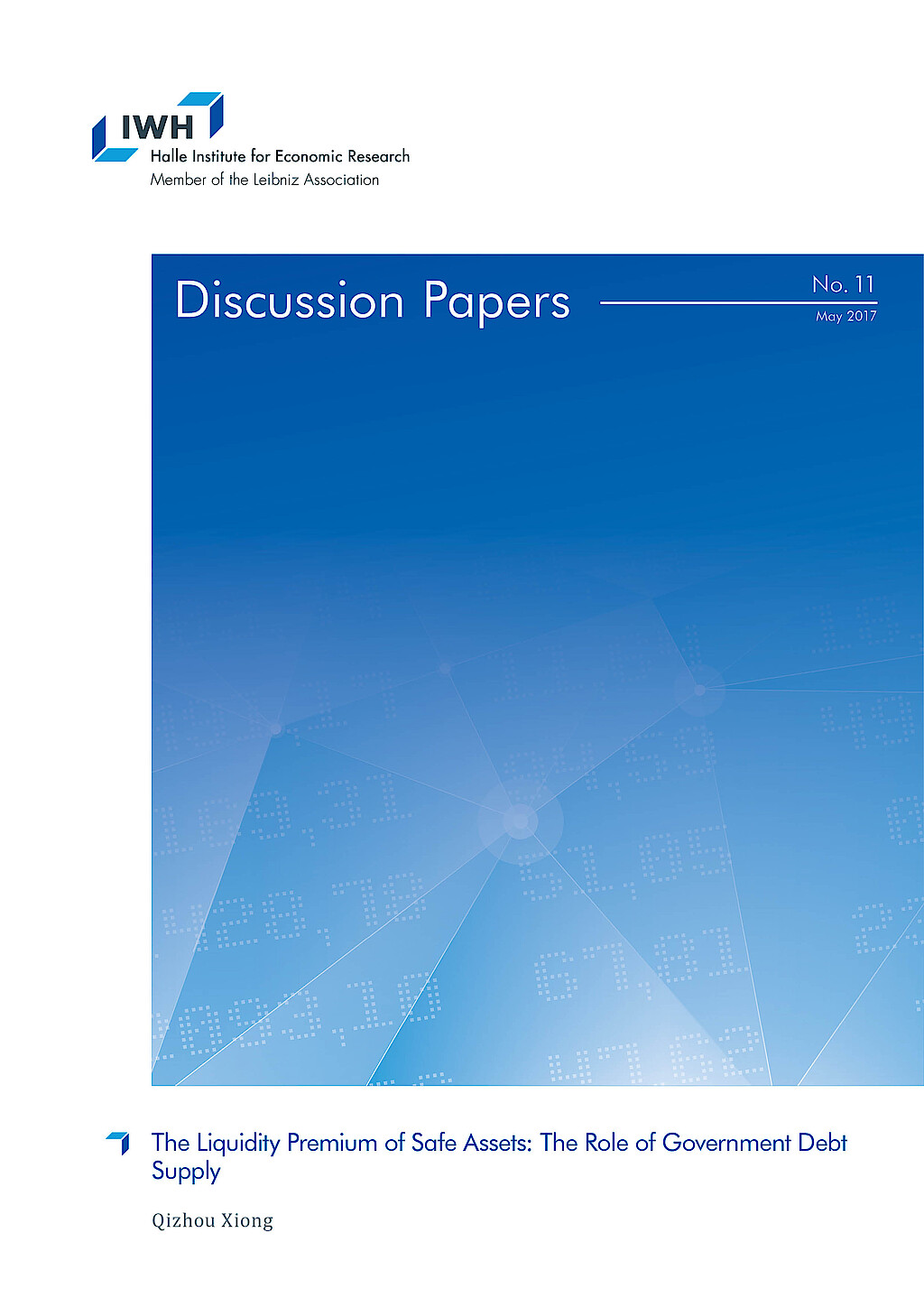
The Liquidity Premium of Safe Assets: The Role of Government Debt Supply
in: IWH Discussion Papers, Nr. 11, 2017
Abstract
The persistent premium of government debt attributes to two main reasons: absolute nominal safety and liquidity. This paper employs two types of measures of government debt supply to disentangle the safety and liquidity part of the premium. The empirical evidence shows that, after controlling for the opportunity cost of money, the quantitative impact of total government debt-to-GDP ratio is still significant and negative, which is consistent with the theoretical predictions of the CAPM with utility surplus of holding convenience assets. The relative availability measure, the ratio of total government liability to all sector total liability, separates the liquidity premium from the safety premium and has a negative impact too. Both theoretical and empirical results suggest that the substitutability between government debt and private safe assets dictates the quantitative impact of the government debt supply.
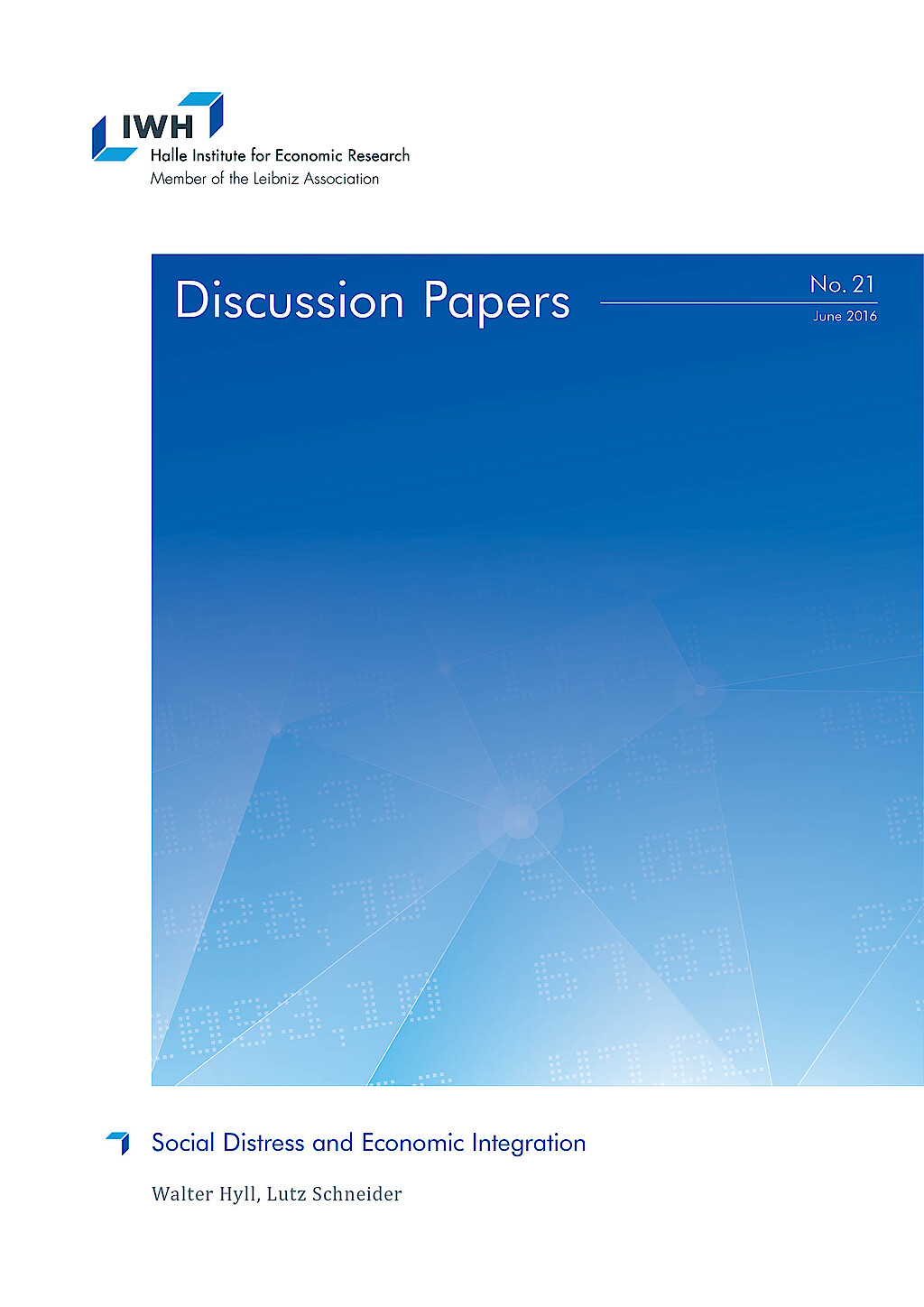
Censored Fractional Response Model: Estimating Heterogeneous Relative Risk Aversion of European Households
in: IWH Discussion Papers, Nr. 11, 2015
Abstract
This paper estimates relative risk aversion using the observed shares of risky assets and characteristics of households from the Household Finance and Consumption Survey of the European Central Bank. Given that the risky share is a fractional response variable belonging to [0, 1], this paper proposes a censored fractional response estimation method using extremal quantiles to approximate the censoring thresholds. Considering that participation in risky asset markets is costly, I estimate both the heterogeneous relative risk aversion and participation cost using a working sample that includes both risky asset holders and non-risky asset holders by treating the zero risky share as the result of heterogeneous self-censoring. Estimation results show lower participation costs and higher relative risk aversion than what was previously estimated. The estimated median relative risk aversions of eight European countries range from 4.6 to 13.6. However, the results are sensitive to households’ perception of the risky asset market return and volatility.










